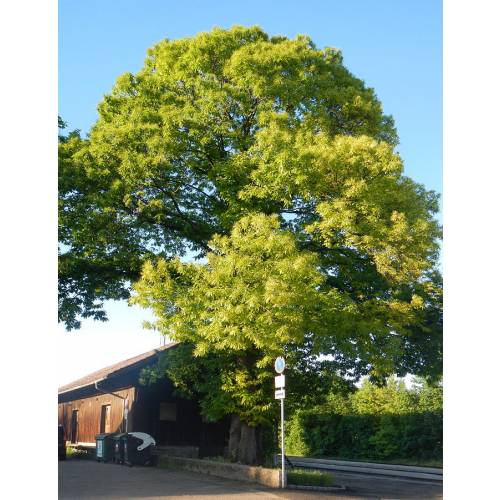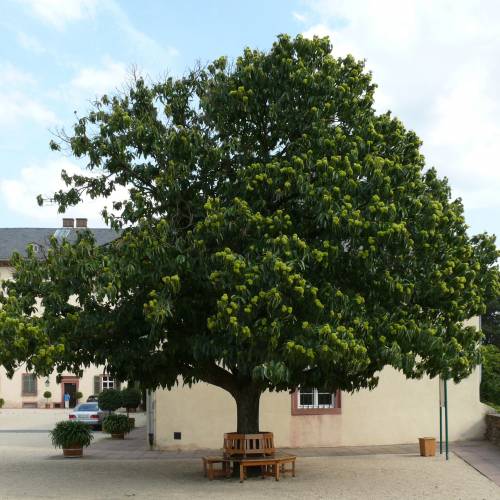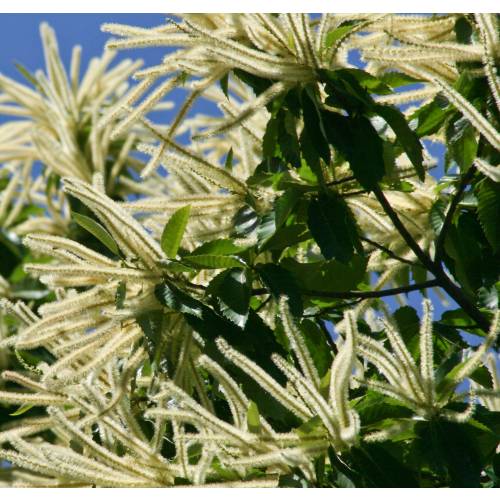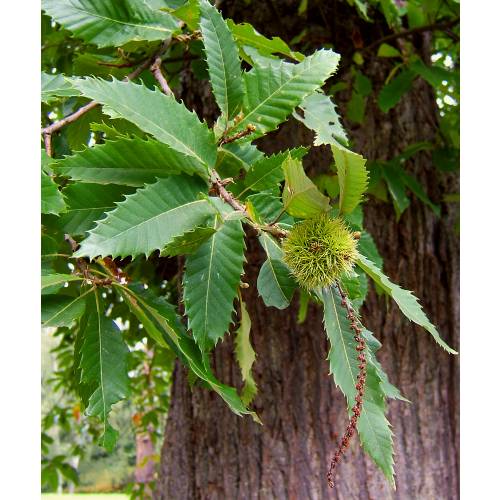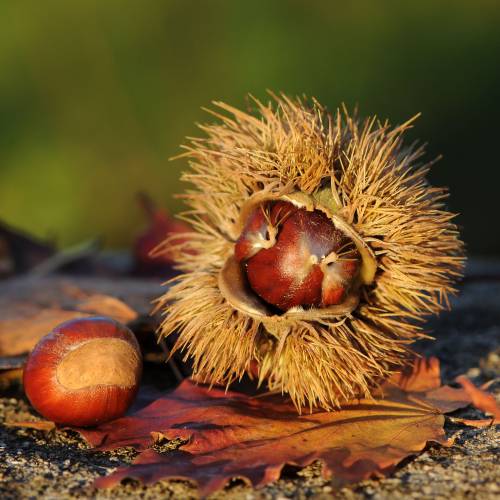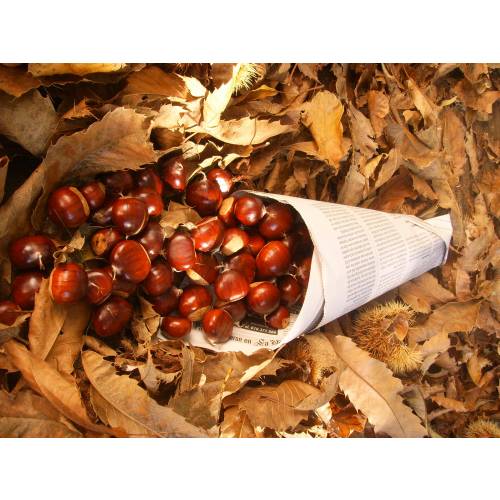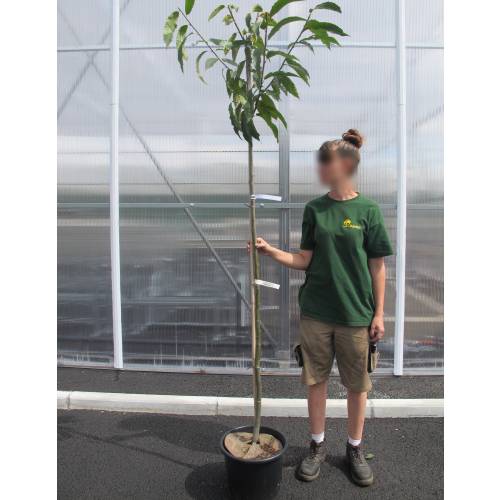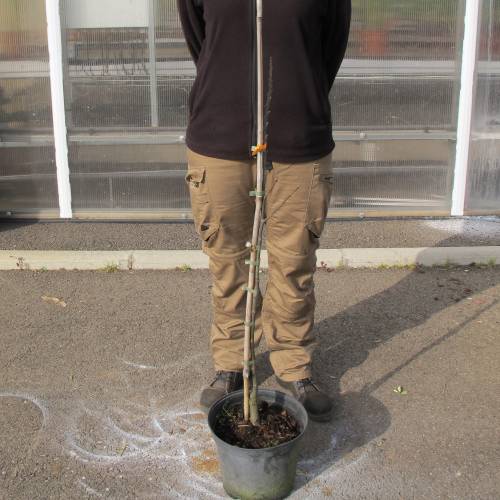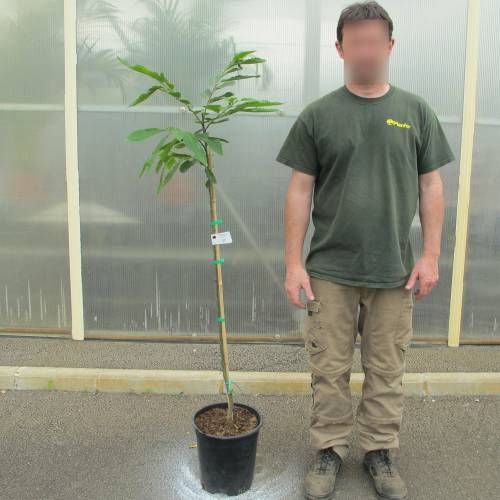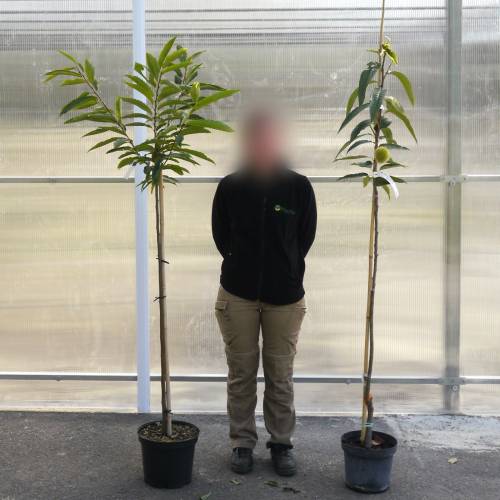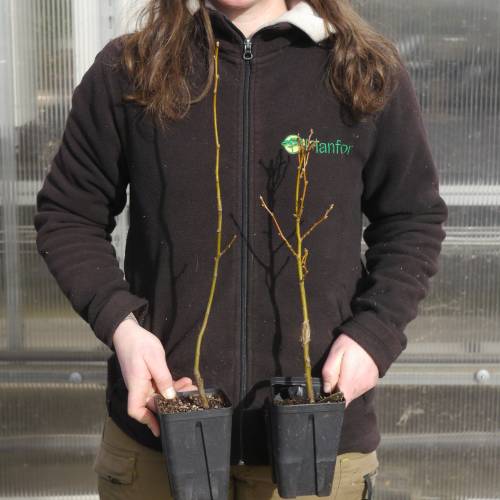
Plants
Chestnut, Sweet / Castanea sativa
-
87.88 € Sweet chestnut 'Maraval'
2282P - Available
-
85.90 € Sweet chestnut 'Marsol'
2282W - Available
-
79.66 € Sweet chestnut 'Marsol'
2187w - Available
-
75.40 € Sweet chestnut 'Marigoule'
2282N - Available
-
72.75 € Sweet chestnut 'Marigoule'
2282f - Available
-
72.28 € Sweet chestnut 'Bouche de Bétizac'
22821 - Available
-
67.55 € Sweet chestnut 'Bouche de Bétizac'
22822 - Available
-
67.08 € Sweet chestnut - Castanea sativa
2282L - Available
-
61.88 € Sweet chestnut - Castanea sativa
2282H - Available
-
60.27 € Sweet chestnut - Castanea sativa
2282h - Available
-
56.68 € Sweet chestnut - Castanea sativa
22823 - Available
-
51.48 € Sweet chestnut - Castanea sativa
22824 - Available
-
49.87 € Sweet chestnut - Castanea sativa
2282l - Available
-
13.00 € Sweet chestnut - Castanea sativa
2282g - Available
-
12.43 € Sweet chestnut - Castanea sativa
2282r - Available
-
11.39 € Sweet chestnut - Castanea sativa
2282s - Available
-
10.35 € Sweet chestnut - Castanea sativa
2282w - Available
-
7.54 € Sweet chestnut - Castanea sativa
2282T - Available
-
5.67 € Sweet chestnut - Castanea sativa
2282U - Available
-
3.95 € Special Offer - 40%
2282TB - Available
-
3.33 € Sweet chestnut - Castanea sativa
2282Y - Available
-
3.07 € Sweet chestnut - Castanea sativa
2282y - Available
-
2.55 € Sweet chestnut - Castanea sativa
2282X - Available
-
2.34 € Sweet chestnut - Castanea sativa
2282B - Available
-
0.00 € Sweet chestnut - Castanea sativa
2282S - Request for quotation
-
Areas of origin: Asia Minor where fossilised leaves dating from approximately 5000 years ago have been found. It has become indigenous in the Mediterranean Basin and within the boreal hemisphere between 30° and 50° .
Adult Dimensions: Height up to 30 m (98.4'), width up to 20 m (65.6').
Foliage : Deciduous.
Soil Type: Well drained. Dislikes soil that is too wet.
Hardiness: Hardy to -20°C.
Exposure: Semi-shade to full sun.
Properties and uses:
The magnificent foliage and the production of chestnuts in autumn make this a very interesting tree for parks and gardens. It can be planted alone or within a windbreak hedge. This tree is also important within forests, the wood is very hard and is therefore very good for making fence posts. It is also much used in carpentry. For the intensive production of sweet chestnuts, the varieties favoured are 'Marigoule', 'Maraval' and 'Comballe'.
Plant them now: the shortest way to your plate is through your garden!
The different varieties:
- Sweet Chestnut Bouche de Betizac: Height up to 15m, Highly fruitful, big fruits, harvest from beginning of September to the end of November, not sensitive to canker, planting up to 600m in altitude. Pollinators: Common chestnut, ‘Maraval’, ‘Marigoule’
- Sweet Chestnut Maraval: Height up to 15m, fruitful, triangular shaped fruits, harvest from the end of September to the end of October, not very sensitive to anthracnose (foliage rust) and to the ink disease, planting up to 300m in altitude. Pollinators: Self-fertile
- Sweet Chestnut Marigoule: Height up to 15m, fruitful, big fruits, harvest from September to November, best ink disease-resistant variety, planting up to 600m in altitude. Very good pollinator. Pollinators: Self-fertile
- Chestnut Marsol: Height up to 10m productive, large caliber fruit, harvest from September to October, resistant to ink and rust, planting up to 400m above sea level. Pollinators: Common chestnut, ‘Maraval’, ‘Marigoule’
It is advisable to plant several varieties and subjects in order to improve the production and quality of the fruits.
Plant, or reforest Sweet Chestnut, European Chestnut, Castanea sativa, Castanea vulgaris – Foresters Guide
1) The Sweet Chestnut, European Chestnut (Robinia pseudo-acacia) is it suitable for my land? The Sweet Chestnut, highly sensitive to very low temperatures, will be found in areas where the climate is mild with scarce spring or autumn frost.
An annual rainfall pattern above 900mm with maximum summer temperatures below 25°C are the perfect conditions for its growth. For a good quality forest production, an annual rainfall of at least 600mm and a summer water shortage under 220mm are necessary conditions. It thrives in low to moderate-acid soils, with a loamy sandy texture, or which are loamy and well-structured.
2) Which planting density for my Sweet Chestnut, European Chestnut plot? (Castanea sativa, Castanea vulgaris)
The planting density is the number of plants planted in one hectare (acre). Here it means determining the initial number of young plants and to choosing their repartition in the available space.
The planting density is defined by the gaps in between the lines as well as the spacing in between each plant on a same line.
It is the basics of the silvicultural path which must lead to a final trees’ population of quality and to the fulfilment of the land’s owner set goals.
Advice: When choosing the density, think about the width of the tool which will allow the maintenance of the gaps in between the lines. The space in between the lines must allow clear passage for a tractor-drawn, maintenance tool.
For the Sweet Chestnut (Castanea Sativa):
- Normal density: 1000 to 2000 plants/hectare.
- Low density: 400 plants/hectare as a side variety.
3) How to prepare the soil to plant Sweet Chestnut, European Chestnut (Castanea sativa, Castanea vulgaris)?
In Silviculture, working the soil is a key element in the success of planting. The root system of the tree must take rapidly where planted. Whether the work is done mechanically or manually, we recommend working the soil in its depth for optimum planting.
4) How to plant the Sweet Chestnut, European Chestnut (Castanea sativa, Castanea vulgaris)?
a- Receipt, storage and preparation of the plants before planting
- Upon receipt, place the crates side by side, on a flat surface so as there is no air circulation underneath. Choose a shady spot protected from wind;
- Maintain a good humidity level of the plants on the crates placed on the edges,
- Plan for the possibility of watering if planting is delayed or if the plants require water,
- In case of frost, do not handle the plants and if frost is forecasted for several days, place mulch on the edges.
b- Planting
Our team of professional planters use a planting cane to place the earth-balled plants in situ. This ergonomic, light tool allows quality, quicker planting work. It is also possible to carry out a traditional planting work using a pickaxe or a spade
In all case, you must:
- Dig a hole a little bit larger than the earth-ball ;
- Position it well in the hole;
- Cover it entirely;
Finally, the worker will tamp down the soil carefully with its foot. It is forbidden to press strongly or again to heel-butt the plant to avoid crushing the earth-ball and damage the root system of the plant.
Video on planting using a planting cane
Buy Planting cane
5) How to limit weeds on my Sweet Chestnut, European Chestnut plot (Castanea sativa, Castanea vulgaris) ?
During the first years, it is essential to eliminate all self-propagating plants. Not controlled they are going to be in competition with your plants and are going to deprive the young trees of the vital elements they require to grow (water, light and nutritional elements). You must therefore eliminate mechanically this unwanted competition until the trees are big enough to be able to dominate it.
Two types of operations are possible after planting:
Manual clearing around the plants
It is in fact acts often carried out using portable thermic Strimmers or billhooks to clear plants on a line or around the plants themselves.
Mechanical clearing of the space in between the lines
These actions are done using cutters and flail mowers, horizontal or vertical cutters, mounted on mini excavators or tractors. As a result, they cannot be undertaken outside the spaces available between the tree lines (seedlings or plants).
6) How to protect my young False Acacia plants from wildlife (Castanea sativa, Castanea vulgaris) ?
There is a necessity to protect the plot as soon as the population’s density of Cervidae (deer and roe deer in particular) risk leading to significant damage such as undergrowth of the plants or friction of the stems. Sometimes, the setting up of plants’ protection is also necessary as soon as the rodents’ population (rabbits, hares, coypu, voles...) are locally important.
3 types of protections are possible:
- Individual, mechanical Protections ( dissuasive netting, photo-degradable tubes,...)
- Protection by total wire-fencing of the plot,
- Protection by applying a repellent on each plant or on the borders of the plot.
Catalogue Protections against Game -
-

Alignment trees
66 products -

Current plants promotions
377 products -
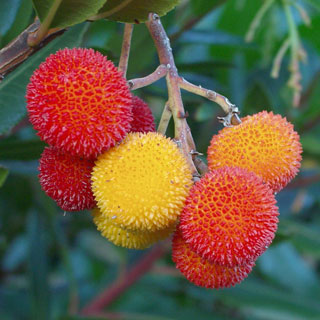
Edible Wild fruits
93 products -
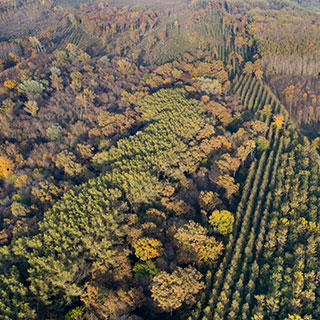
Forest Tree Seedlings
53 products -
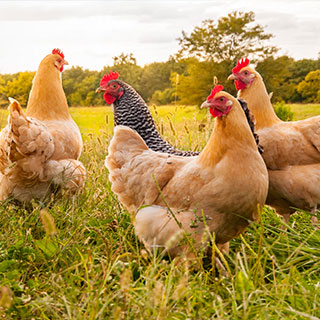
Free-range chickens
34 products -
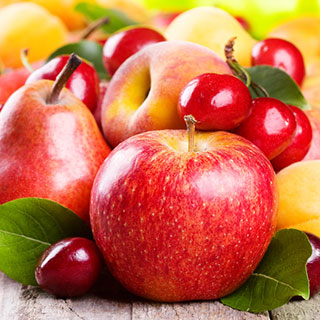
Fruit Trees
113 products -

Honey Plants
245 products -
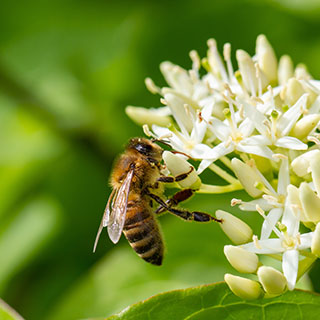
Melliferous Hedge
205 products -
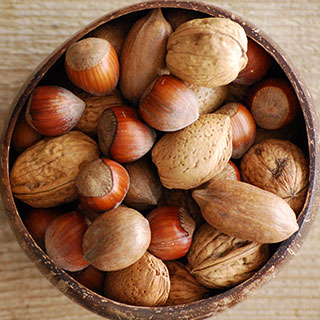
Nuts
12 products -
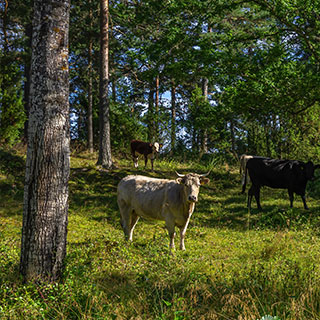
Plants for agroforestry
120 products -
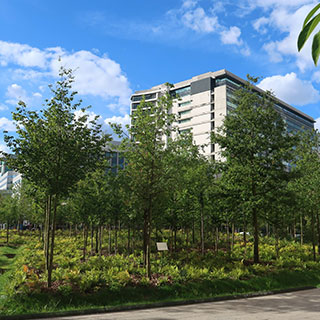
Plants for urban micro-forests
65 products -
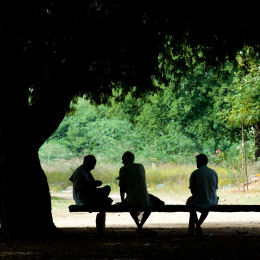
Shade trees
51 products -

Top Selling Plants
223 products -

Trees, Mature Trees
153 products -
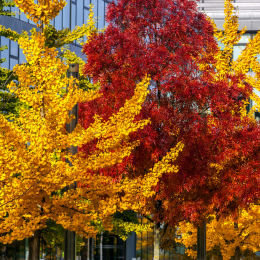
Trees of Fall Interest
63 products
-

